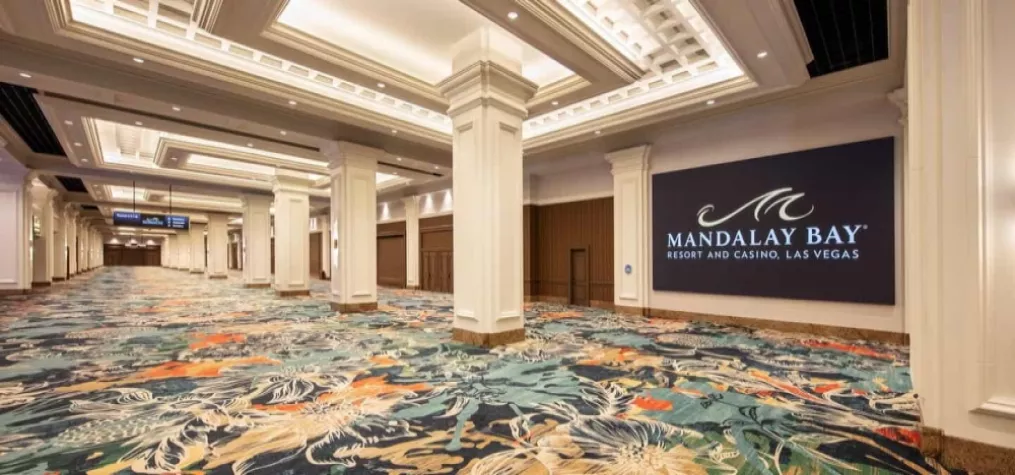Stephanie Donlin

Stephanie Donlin is art director at InVision Communications. With more than 12 years of experience, she applies her creative talents to physical and virtual engagements for clients including Oracle, Dell, Biogen and Amway.

Event marketers have long specialized in creating unique one-to-one engagement between brands and attendees. Enabling that same engagement digitally, however, requires a clear understanding of attendees’ digital behaviors.
We have to account not only for the nature and volume of the content they will want to consume in an online environment, but also their preferences and expectations for the environment itself. The five best practices below will help you design a digital event platform that delivers on just that.
In an online world, we’re bombarded with content. Once-exclusive face-to-face experiences compete for attention with emails, social media and desktop notifications; it is crucial, therefore, for virtual events to find a way to keep out the visual noise.
The new digital experience is about getting attendees to their destination as quickly as possible, with a clear and concise content structure for the user to follow.
To do this effectively, map your virtual event as you would your website or face-to-face event. That means, consider the journey you want your attendees to have and the messages you want them to receive; then, sitemap and wireframe the end-to-end program, laying out a clear content hierarchy and flow.
Another trick of the trade is to design several page templates, balancing content delivery and interactivity. Depending on the technology you’re using, you’ll have different widgets to layer in, such as Q&A windows, chat boxes and resource fields to add around the media player — which all can be useful but are not needed in every situation. Choose purposefully.
Keynote sessions, for example, usually offer less interactivity than breakout sessions The former are more broadcast style, whereas the latter are meant to facilitate conversation and networking. By preparing different session page templates in advance you will get the fundamentals right and eliminate needless complexity.
Your event will surely attract attendees with varying screen sizes, devices, and resolutions — all of which can change the viewing experience if not well optimized. To account for this, create a designated “safe zone” on each page, where the media player can live regardless of window size.
As a rule of thumb, keeping the content in the center of the screen will help make the event more accessible and scalable, no matter what device or viewing environment. The event branding itself can frame your content, with background imagery, headers, and banners that reinforce your brand.
In a world where the pandemic has shifted so many of our interactions online, virtual event platforms are in a race to innovate — ever evolving in an effort to become businesses’ vendor of choice. And it’s to our benefit.
Whether it’s adding headlines to Intrado’s banners, making ON24’s console more dynamic or coding in Netflix-like navigation buttons, there’s power in tapping the full potential of these platforms to bring your program to life.
Many events rely on sponsor funding and need ways to provide value to their partners without jeopardizing the audience experience. Logo placement, for example, is the most obvious way to deliver exposure on a digital platform, but it requires a balancing act to create an experience that isn’t overly commercial.
From a design perspective, this means finding a way to tastefully nestle sponsor logos in the viewers’ field of vision. Transparent PNGs, rotating banners and designated sponsorship exhibits are simple but effective ways of weaving them into your platform design so they feel like a natural and valuable integration.
Designing an effective digital platform is less about the specific technology you use and more about creating a strategically developed, visually consistent and continually engaging experience. It’s not about replicating a face-to-face event venue; it’s about designing opportunities for connection that are native to the virtual environment and organic to audiences’ online behaviors.

Add new comment